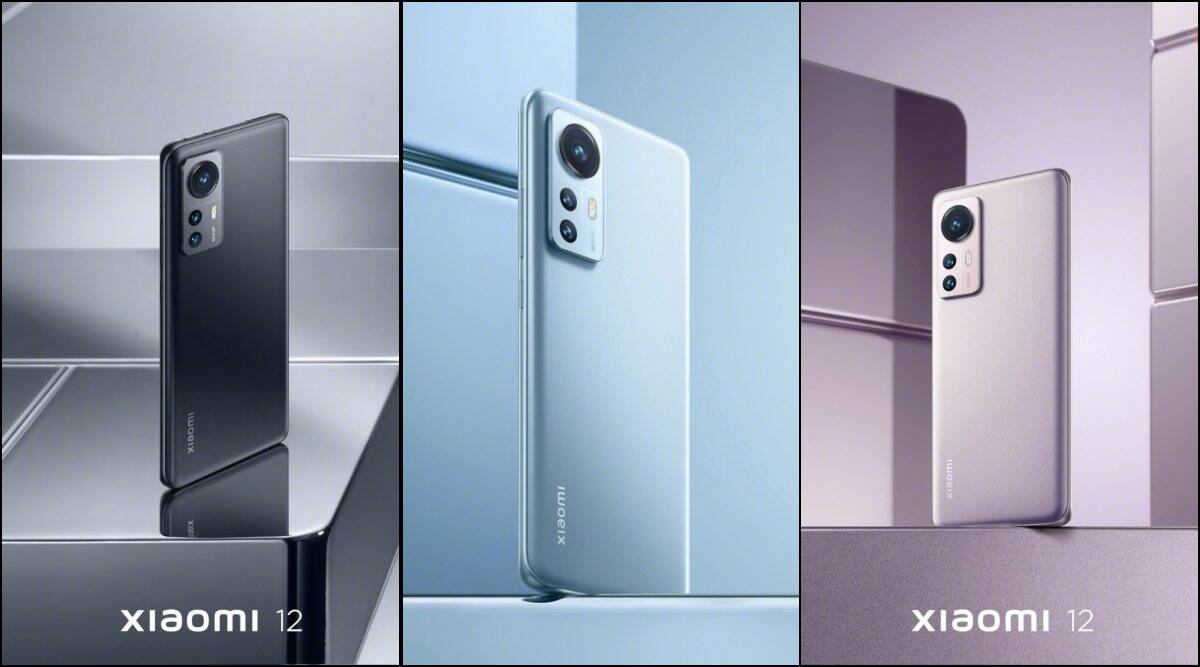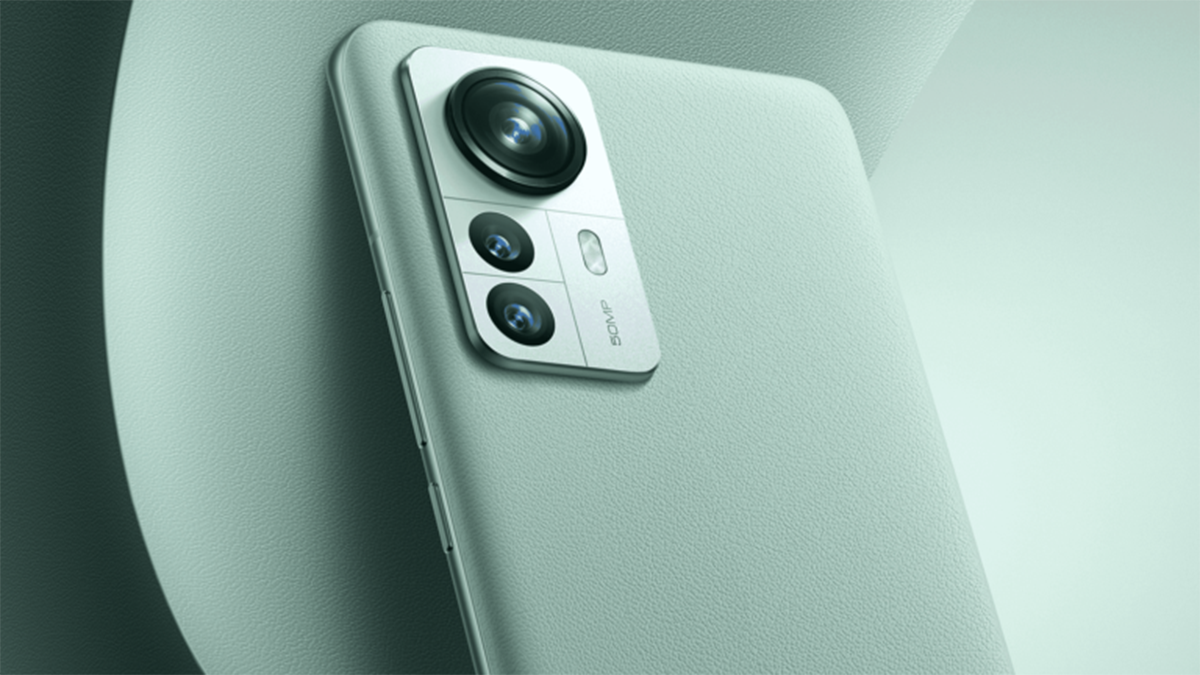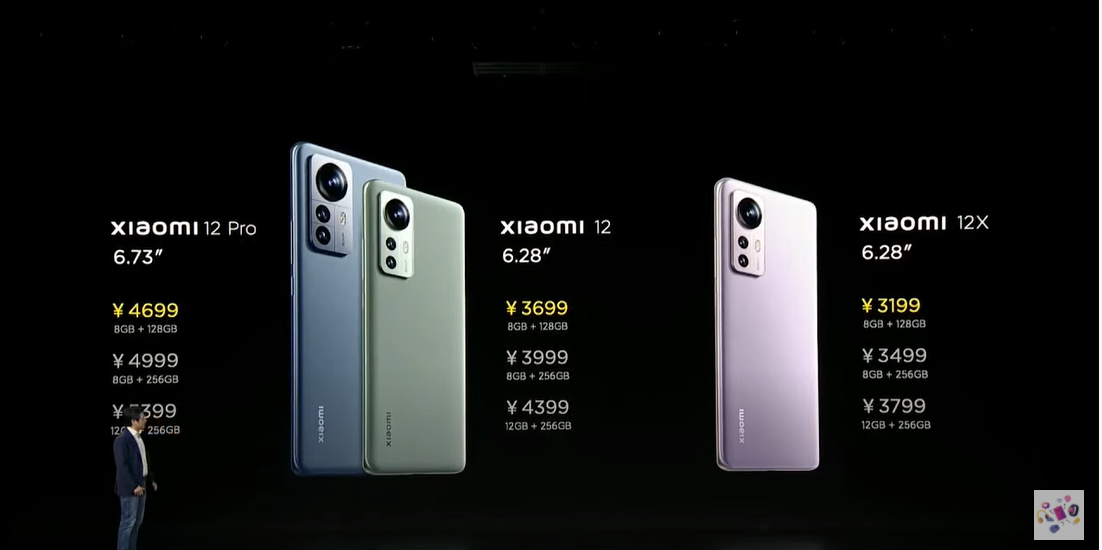Xiaomi 12 vs Xiaomi 12X vs Xiaomi 12 Pro - a quick comparison

Xiaomi wrapped up the year 2021 with its year-end launch event in China. From the new flagship Xiaomi 12 series and new custom ROM to smartwatch and earbuds, the company managed to delight its fanbase. We do expect these phones to launch in international markets early next year, probably around the time when its rivals also start pushing their offerings globally.
Xiaomi launched three phones in the series – Xiaomi 12, Xiaomi 12 Pro, and Xiaomi 12X. While the first two phones are premium phones, the Xiaomi 12X comes as a comparatively cheaper edition.
Xiaomi 12 and Xiaomi 12 Pro phones have many similarities. The most prominent is the Snapdragon 8 Gen-1 SoC, the latest 4nm-based octa-core SoC from Qualcomm. This makes the devices stand right in front of the upcoming storm from Galaxy S22, the OnePlus 10 Pro, and other flagship phones.
The Xiaomi 12 phones differ a lot from their successors Mi 11. But, let’s just first learn how they differ from their predecessors. We do not have smartphones in our hands, so we can’t comment on their prowess, however, comparison based on their specifications can tell their potential and offer some initial thoughts.
Difference between Xiaomi 12, Xiaomi 12X, and Xiaomi 12 Pro

| Specifications | Xiaomi 12 | Xiaomi 12X | Xiaomi 12 Pro |
|---|---|---|---|
| Display | 6.28-inch AMOLED, FHD+ (2400 x 1080) | 6.28-inch AMOLED, FHD+ (2400 x 1080) | 6.73-inch E5 AMOLED LTPO, QHD+ (3200 x 1440) |
| Refresh rate and others | 120Hz, Dolby Vision and HDR10+ support | 120Hz, Dolby Vision and HDR10+ support | 120Hz, Dolby Vision and HDR10+ support |
| Processor | Snapdragon 8 Gen-1 | Snapdragon 870 | Snapdragon 8 Gen-1 |
| RAM | 8GB/12GB LPDDR RAM | 8GB/12GB LPDDR RAM | 8GB/12GB LPDDR RAM |
| Storage | 128GB/256GB | 128GB/256GB | 128GB/256GB |
| OS | MIUI 13 | MIUI 13 | MIUI 13 |
| Rear Camera | 50MP IMX766, 13MP ultrawide, macro sensor | 50MP IMX766, 13MP ultrawide, macro sensor | 50MP IMX766, 50MP portrait, 50MP ultra-wide |
| Front camera | 32MP | 32MP | 32MP |
| Battery | 4500mAh | 4500mAh | 4600mAh |
| Fast charging | 67W wired, 50W wireless fast-charging | 67W wired, 50W wireless fast-charging | 120W wired fast-charging, 50W wireless fast-charging |
| Connectivity options | 5G NR, NFC, Wi-Fi 6, Bluetooth 5.2, USB Type C | 5G NR, NFC, Wi-Fi 6, Bluetooth 5.2, USB Type C | 5G NR, NFC, Wi-Fi 6, Bluetooth 5.2, USB Type C |
Display

The Xiaomi 12 and Xiaomi 12X feature the same size of display and they also look similar. They both are compact phones with a 6.28-inch AMOLED display sporting 1080p resolution. The display of both phones supports a 120Hz refresh rate and it is protected with Corning Gorilla Glass Victus. The display also supports Dolby Vision and 1100 nits peak brightness.
Speaking of the higher-end model Xiaomi 12 Pro, it gets a larger 6.73-inch WQHD Plus E5 AMOLED display with 1,500 nits of peak brightness and 120Hz dynamic refresh rate. The display also has a 480Hz touch sampling rate and is protected by Corning Gorilla Glass Victus protection. It also includes a low-temperature polycrystalline oxide (LTPO) backplane technology that Apple uses on its premium iPhone models.
All the displays of the phones are DisplayMate A Plus certified, which speaks about superior display quality. At the time of launch, Xiaomi compared the screen sizes of Xiaomi 12 against the iPhone 13 phones, pointing out how its phone offer more portability as they are compact compared to the competition.
Sign up for breaking news, reviews, opinion, top tech deals, and more.
Processor
The Xiaomi 12 and Xiaomi 12 Pro phones use Snapdragon 8 Gen-1 SoC, whereas the Xiaomi 12X gets the Snapdragon 870 SoC. The Snapdragon 8 Gen-1 is the latest flagship SoC which is claimed to offer 20% performance and 30% power savings over the last Snapdragon 888 Plus SoC.
Initial benchmarks of the Snapdragon 8 Gen-1 are impressive, though it went through a tad of difficulty in some areas in front of MediaTek’s latest Dimensity 9000 SoC. The Snapdragon 8 Gen-1 is a pretty new SoC and will be featured in some of the notable flagship phones from the smartphone makers.
The Snapdragon 870 SoC went official in January 2021 and is basically an overclocked Snapdragon 865 Plus. This chipset is no slouch either and has so far empowered some of the most admired phones of 2021. This is the same SoC that its predecessor Mi 11X arrived with, though the latest Xiaomi 12X gets some significant upgrades in other areas.
Camera

Xiaomi 12 and Xiaomi 12X share the same set of camera specs, which include a 50MP Sony IMX766 primary sensor with OIS followed by a 13MP secondary sensor with an f/2.4 ultra-wide lens that has a field of view of 123 degrees. These are paired with a 5MP macro shooter. It has support for Staggered HDR that was first introduced on Mi 10 Ultra.
Xiaomi 12 Pro, on the other hand, gets three 50MP snappers which are wide-angle, telephoto, and ultra-wide. On the front, all the phones pack a 32MP camera.
- Best smartphones under Rs 30,000 in India
- Best phones under Rs 40,000 in India
- Best phones under Rs 50,000 in India
Battery
Xiaomi 12 Pro packs a 4,600mAh battery capacity that supports 120W wired fast-charging. On the other hand, the Xiaomi 12 and 12X get the same 4500mAh battery capacity that supports 67 wired fast-charging.
All the phones support the same 50W wireless fast-charging and 10W reverse charging.
Price

All three phones are available in three different storage configurations – 8GB/128GB, 8GB/256GB, and 12GB/256GB.
The price of the Xiaomi 12X starts at CNY 3,199 (approx. Rs. 37,500), whereas the starting price of Xiaomi 12 is CNY 3,699 (Rs. 43,400), CNY 500 more than the cheaper edition. The higher-end Pro model, on the other hand, starts at CNY 4,699 (Rs. 55,100) and its price goes up to CNY 5,399 (Rs. 63,300).
- Smartphone Gaming - what prompted it and where it is headed in 2022
- Tech headlines of 2021 - events that made us sit up and take note
Want to know about the latest happenings in tech? Follow TechRadar India on Twitter, Facebook and Instagram

For the past seven plus years, Naina has been an avid follower of the consumer technology industry, with a special focus on gadgets. Her areas of focus include the broad world of smartphones, apps, wearables, and other consumer electronics. Always on the lookout for new and unique bits, Naina constantly seeks to find ways to share her knowledge with readers in a fashion that benefits both.